You need impact-resistant windows if you live in hurricane-prone coastal areas, regions with frequent severe storms, or areas with building codes requiring them. These windows cost 40-60% more than standard windows but can reduce insurance premiums by 10-45%, protect against flying debris during storms, and may be required by law in high-risk zones. They’re also beneficial for security, noise reduction, and UV protection even in moderate climates.
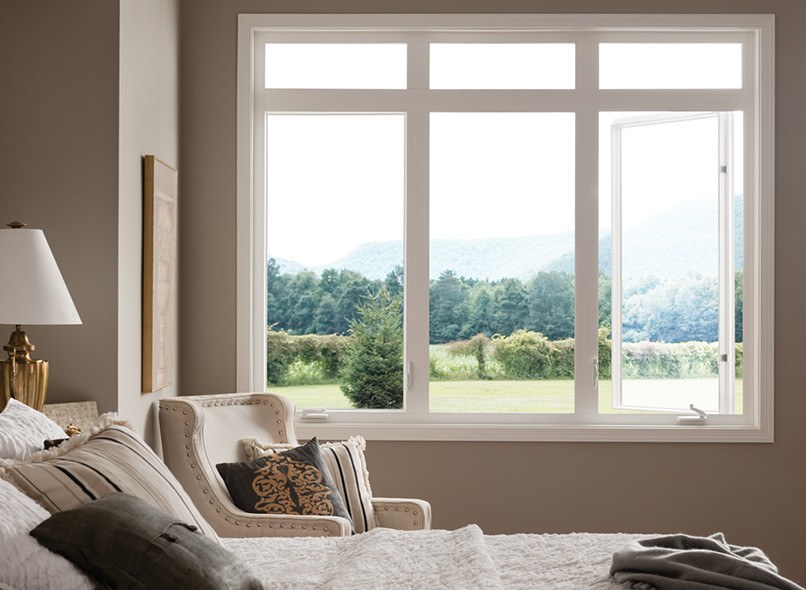
Understanding Impact-Resistant Windows
What Makes Windows Impact-Resistant
Laminated glass construction:
- Two or more layers of glass bonded with plastic interlayer
- Polyvinyl butyral (PVB) or ethylene-vinyl acetate (EVA) interlayers
- Glass may crack but stays in frame during impact
- Similar technology used in automotive windshields
Reinforced framing systems:
- Heavy-duty aluminum, vinyl, or steel frames
- Enhanced anchoring systems to building structure
- Reinforced corners and connection points
- Designed to withstand extreme wind pressures
Testing and certification standards:
- ASTM E1886 and E1996 testing protocols
- Large missile impact testing (9-pound 2×4 lumber)
- Small missile impact testing (ball bearings and gravel)
- Cyclic pressure testing to simulate hurricane conditions
Performance Ratings and Classifications
Design pressure ratings:
- DP-30: Basic protection (110 mph winds)
- DP-40: Moderate protection (130 mph winds)
- DP-50: High protection (150 mph winds)
- DP-60+: Extreme protection (170+ mph winds)
Impact testing levels:
- Level D: Large missile impact (coastal high-hazard)
- Level C: Large missile impact (wind-borne debris region)
- Level B: Small missile impact (basic protection)
- Level A: No impact requirement (standard windows)
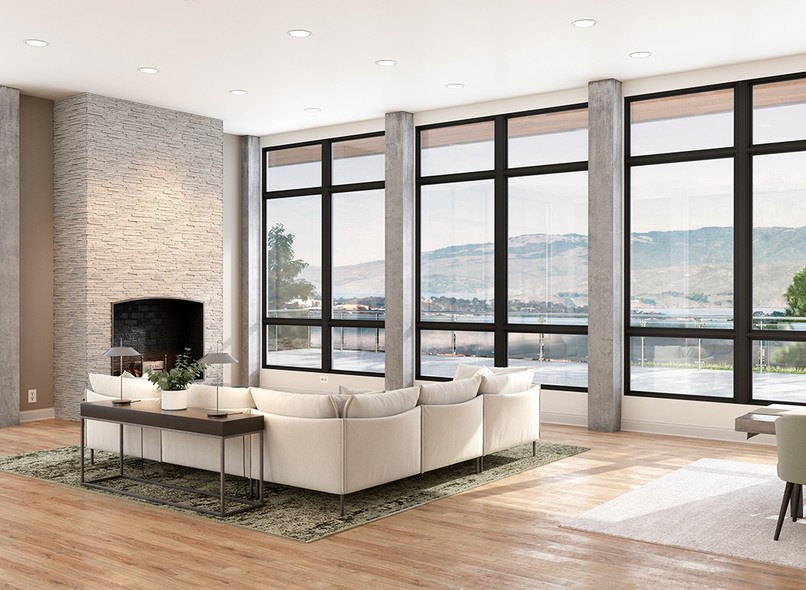
Geographic Risk Assessment
High-Risk Areas Requiring Impact Windows
Hurricane-prone coastal regions:
- Atlantic Coast from Florida to North Carolina
- Gulf Coast states (Texas, Louisiana, Mississippi, Alabama, Florida)
- Pacific Coast areas prone to severe storms
- Islands and territories (Hawaii, Puerto Rico, Virgin Islands)
Building code requirements by state:
- Florida: Required in most coastal counties
- Texas: Required in certain coastal areas
- North Carolina: Required in some coastal zones
- Louisiana: Required in hurricane evacuation zones
- South Carolina: Required in some coastal areas
Local jurisdiction variations:
- County-level requirements may be stricter than state codes
- Municipal ordinances may mandate impact windows
- Insurance company requirements may exceed code minimums
- Historic districts may have special provisions
Moderate-Risk Areas to Consider Impact Windows
Tornado-prone regions:
- Tornado Alley states (Texas, Oklahoma, Kansas, Nebraska)
- Southeast regions with frequent severe storms
- Areas with history of damaging wind events
Other severe weather considerations:
- Hailstorm-frequent areas (Colorado, Texas, Nebraska)
- High-wind mountain regions
- Areas prone to severe thunderstorms
- Regions with frequent ice storms
Urban security concerns:
- High-crime neighborhoods
- Commercial districts
- Ground-floor apartments and condos
- Homes near airports or busy roads
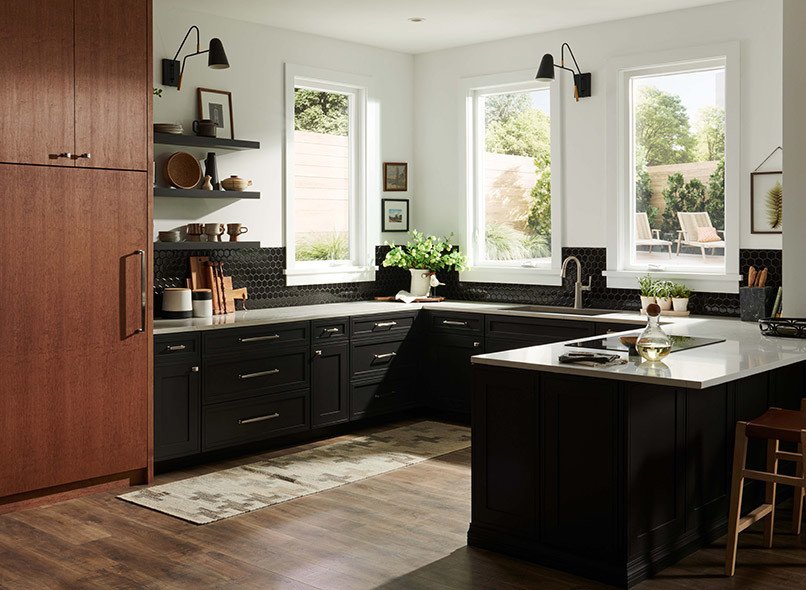
Cost Analysis and Financial Benefits
Impact Window Pricing
Cost premiums over standard windows:
- Single-hung impact windows: $400-$800 each
- Double-hung impact windows: $500-$1,000 each
- Sliding impact windows: $600-$1,200 each
- French impact doors: $1,500-$3,500 each
Factors affecting costs:
- Window size and configuration
- Design pressure rating required
- Frame material (vinyl vs. aluminum)
- Energy efficiency features
- Local labor and permit costs
Typical project costs:
- Average home (15-20 windows): $12,000-$25,000
- Large home (25-35 windows): $20,000-$45,000
- Luxury installations: $35,000-$75,000+
Insurance Premium Reductions
Potential savings vary by location:
- Florida: 10-45% reduction in wind coverage premiums
- Texas Gulf Coast: 15-35% reduction
- Other coastal areas: 10-25% reduction
- Inland areas: 5-15% reduction (if any)
Requirements for insurance discounts:
- Professional installation with permits
- Product certification documentation
- All openings must be protected (windows and doors)
- Regular maintenance and inspection
Payback period calculations:
- High-risk coastal areas: 8-15 years through insurance savings
- Moderate-risk areas: 15-25 years
- Low-risk areas: May never pay back through insurance alone
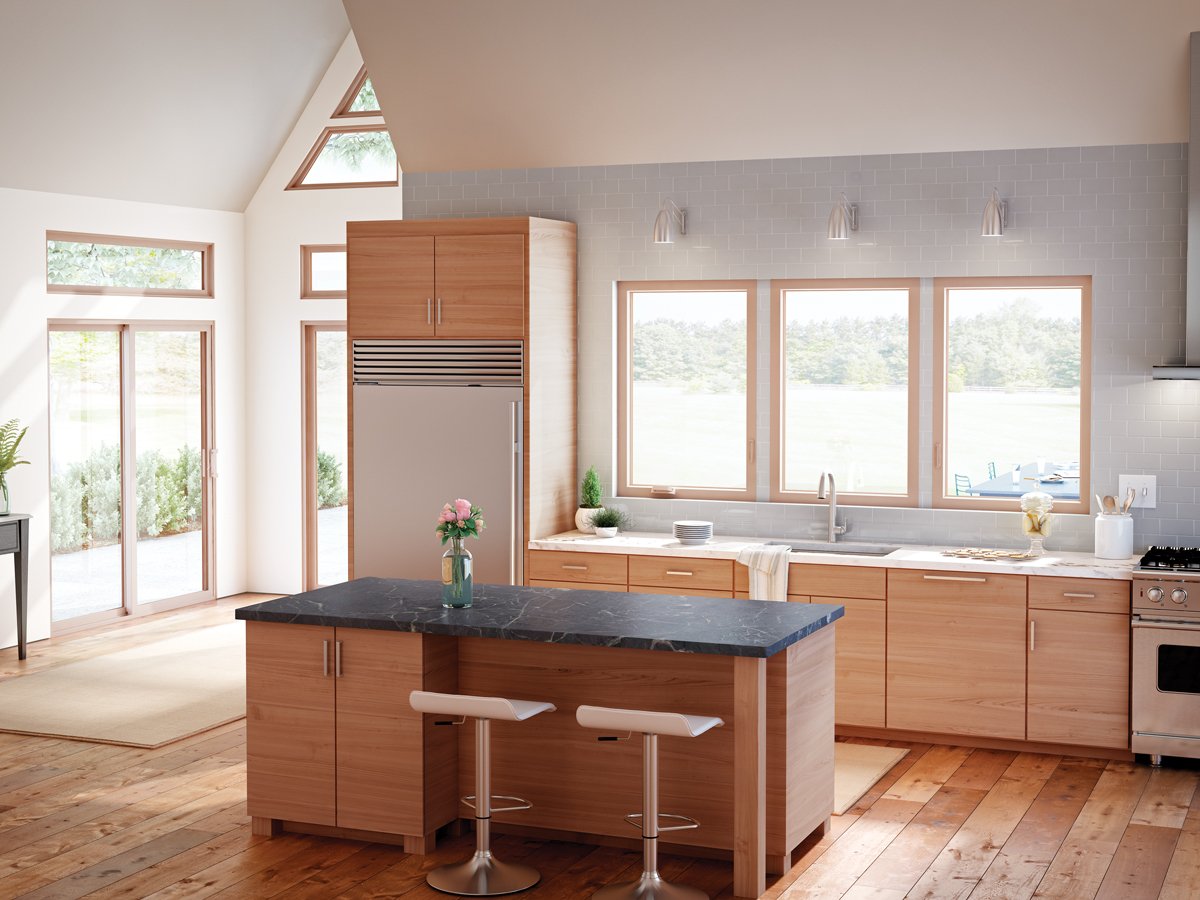
Building Code Requirements
Where Impact Windows Are Mandatory
Florida Building Code requirements:
- All coastal counties designated as “wind-borne debris regions”
- Areas within one mile of coastline at 120 mph wind speed zones
- Specific counties: Miami-Dade, Broward, Palm Beach, Monroe, and others
- High-rise buildings over 60 feet in additional areas
Texas requirements:
- Coastal counties in hurricane evacuation zones
- Areas designated as “wind-borne debris regions”
- Galveston, Harris, Jefferson, Orange, and other coastal counties
- Some inland areas prone to severe weather
Other state requirements:
- North Carolina: Some coastal counties
- Louisiana: Certain parishes near Gulf Coast
- South Carolina: Limited coastal areas
- Hawaii: Specific wind zones
Code Compliance Details
What codes typically require:
- Impact testing certification for products
- Professional installation with structural attachments
- Permits and inspections for installation
- Complete protection (all openings must comply)
Alternative compliance methods:
- Permanent storm shutters over standard windows
- Removable storm panels (less convenient)
- Fabric storm protection systems (limited applications)
- Combination approaches for different exposures
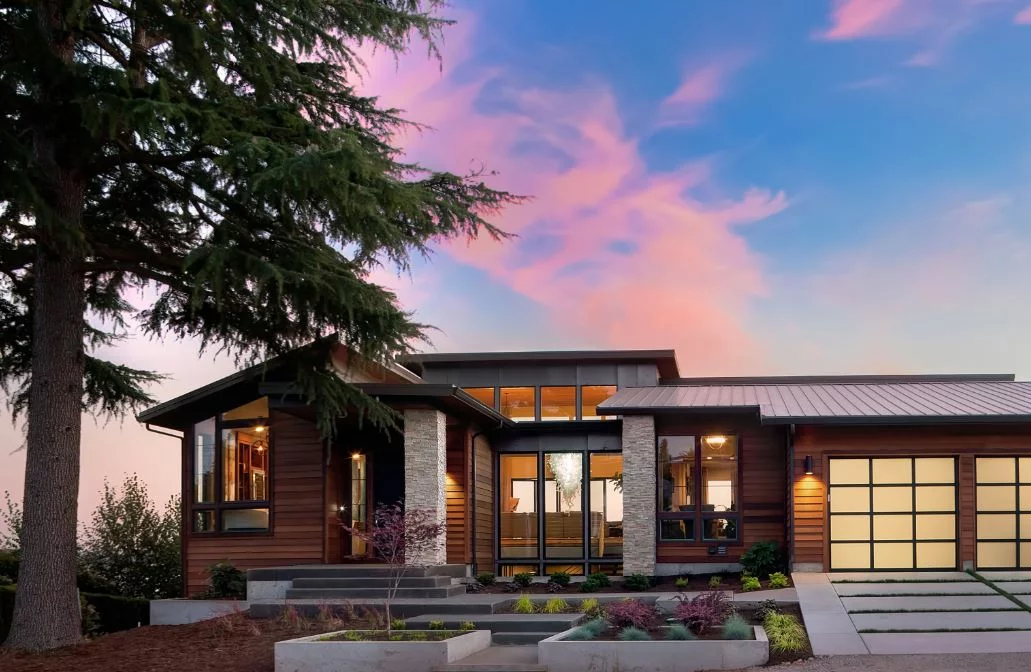
Beyond Storm Protection Benefits
Security Advantages
Break-in resistance:
- Laminated glass extremely difficult to break through
- Interlayer prevents glass from shattering completely
- Reinforced frames resist forced entry
- Visible deterrent to potential intruders
Compared to standard security measures:
- More effective than window film alone
- Less obvious than security bars or grilles
- No impact on emergency egress
- Better aesthetics than other security options
Energy Efficiency Benefits
Performance improvements:
- Laminated glass provides better insulation than single-pane
- Can include Low-E coatings and gas fills
- Reduces air infiltration through reinforced frames
- Multiple glass layers improve thermal performance
Typical energy ratings:
- U-factors: 0.30-0.50 (varies by construction)
- Solar Heat Gain Coefficient: 0.20-0.40
- Air leakage: Often better than standard windows
- ENERGY STAR certification available
Additional Comfort Benefits
Noise reduction:
- Laminated glass significantly reduces outside noise
- Beneficial near airports, highways, or busy streets
- Improves indoor comfort and privacy
- Can reduce noise by 30-50% compared to standard windows
UV protection:
- Laminated glass blocks 99% of UV rays
- Protects furniture, flooring, and artwork from fading
- Reduces skin cancer risk from UV exposure
- Maintains clear visibility without tinting
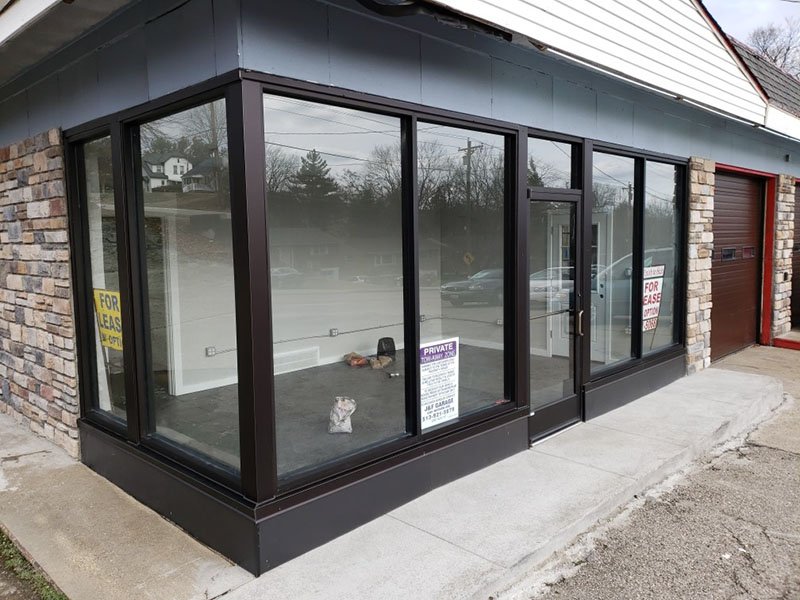
Alternatives to Impact Windows
Storm Shutter Options
Permanent storm shutters:
- Roll-down shutters: $15-$25 per square foot
- Accordion shutters: $10-$20 per square foot
- Bahama shutters: $12-$18 per square foot
- Colonial shutters: $14-$22 per square foot
Removable storm protection:
- Plywood panels: $2-$4 per square foot (DIY)
- Metal storm panels: $5-$12 per square foot
- Fabric storm screens: $8-$15 per square foot
- Clear polycarbonate panels: $10-$18 per square foot
Pros and cons of alternatives
Storm shutters advantages:
- Lower upfront costs than impact windows
- Can be added to existing windows
- Some types provide additional security when closed
- May qualify for similar insurance discounts
Storm shutters disadvantages:
- Must be deployed before each storm
- Storage requirements for removable types
- Limited visibility when closed
- Maintenance and replacement needs
Window Film and Coatings
Security film applications:
- 4-8 mil thickness for basic protection
- 12-15 mil thickness for enhanced security
- Professional installation recommended
- Cost: $3-$8 per square foot installed
Limitations of film:
- Provides protection to glass only
- Doesn’t strengthen frame or mounting
- May not meet code requirements for impact resistance
- Limited effectiveness against large debris
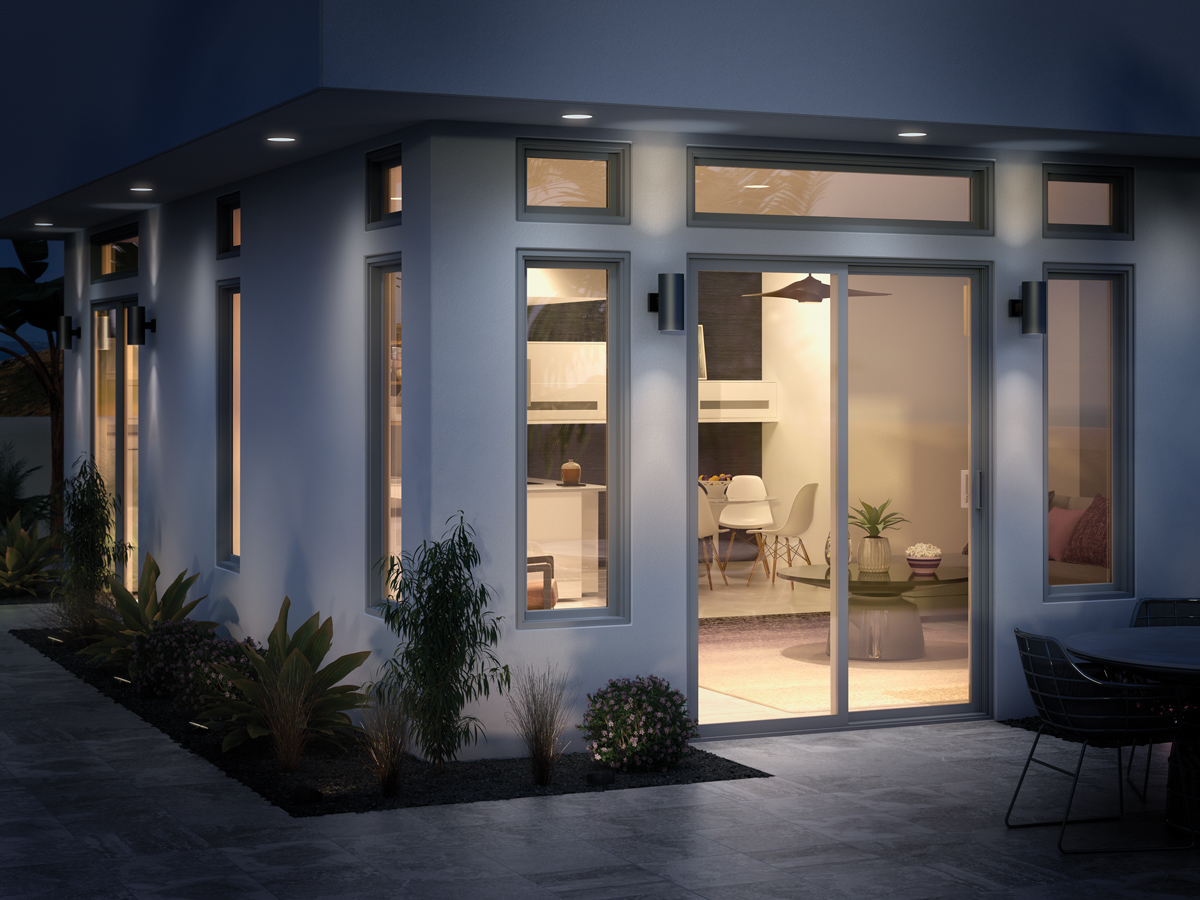
Installation and Maintenance Considerations
Professional Installation Requirements
Why professional installation is essential:
- Proper structural attachment critical for performance
- Code compliance requires permitted installation
- Warranty coverage depends on proper installation
- Insurance discounts require certified installation
Installation process differences:
- Heavier windows require specialized equipment
- Enhanced structural attachment methods
- Additional waterproofing and sealing requirements
- Structural load calculations may be needed
Maintenance Requirements
Regular maintenance tasks:
- Annual inspection of seals and weatherstripping
- Cleaning tracks and drainage channels
- Lubricating hardware and operation mechanisms
- Checking frame attachment points
Signs of potential problems:
- Difficulty operating windows
- Visible gaps in seals or weatherstripping
- Water infiltration during storms
- Cracks or chips in glass (even small ones)
Professional maintenance recommendations:
- Annual professional inspection in high-risk areas
- Immediate repair of any damage
- Replacement of weatherstripping as needed
- Hardware adjustment and lubrication
Making the Decision
Key Factors to Consider
Geographic risk assessment:
- Local weather history and frequency
- Building code requirements
- Insurance company recommendations
- Future climate change projections
Financial analysis:
- Upfront cost vs. insurance savings
- Property value increase potential
- Cost of alternative protection methods
- Long-term maintenance and replacement costs
Lifestyle considerations:
- Convenience vs. storm shutter deployment
- Year-round benefits vs. seasonal protection
- Aesthetic preferences and home style
- Security and noise reduction priorities
When Impact Windows Make Sense
Definitely recommended for:
- Areas where required by building codes
- High-risk hurricane and tornado zones
- New construction in vulnerable areas
- Homes where insurance savings justify costs
Consider for:
- Moderate-risk severe weather areas
- Security-conscious homeowners
- Noise reduction priorities
- Energy efficiency upgrades
May not be necessary for:
- Very low-risk inland areas
- Temporary or rental properties
- Homes with effective alternative protection
- Extremely tight budgets with other priorities
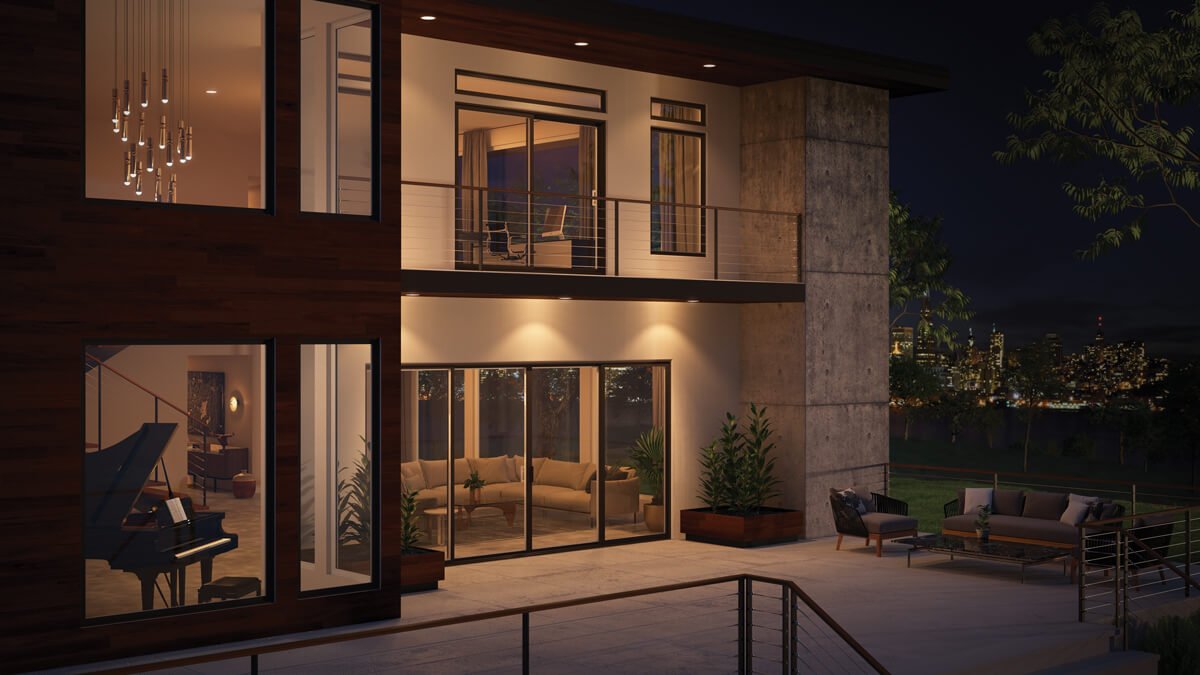
The Bottom Line
Impact-resistant windows are essential in high-risk coastal and severe weather areas, where they’re often required by building codes and can provide substantial insurance savings. Even in moderate-risk areas, they offer valuable benefits including security, noise reduction, and energy efficiency that may justify their higher cost.
The decision should be based on your local risk assessment, building code requirements, and personal priorities. In high-risk areas, impact windows are usually the most convenient and effective protection method. In moderate-risk areas, compare the total cost of ownership including insurance savings against alternative protection methods.
Consult with local building officials, insurance agents, and experienced contractors to understand your specific requirements and options. The investment in impact-resistant windows can provide peace of mind, protection, and potential savings that make them worthwhile for many homeowners.
At Utah Window Experts, we work with certified impact window manufacturers and can help assess whether impact-resistant windows are appropriate for your location and needs. Our team understands local building codes and can provide guidance on the most cost-effective protection options for your home.